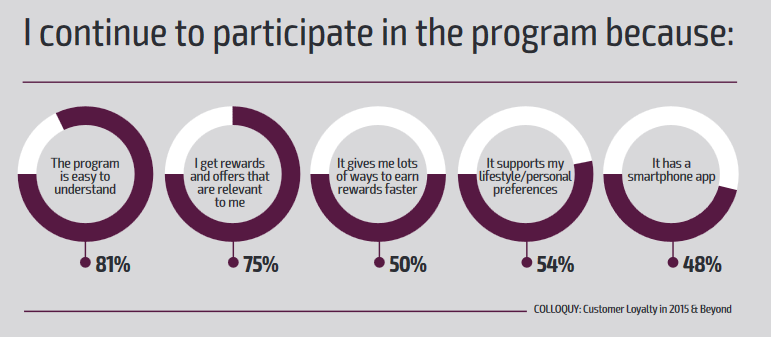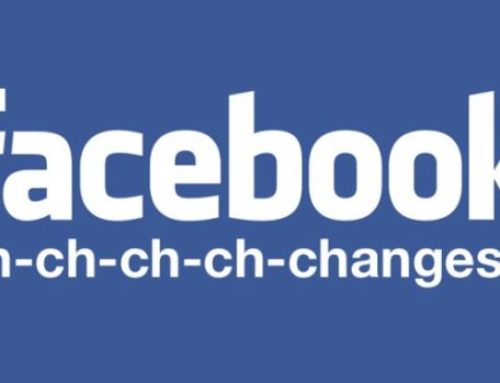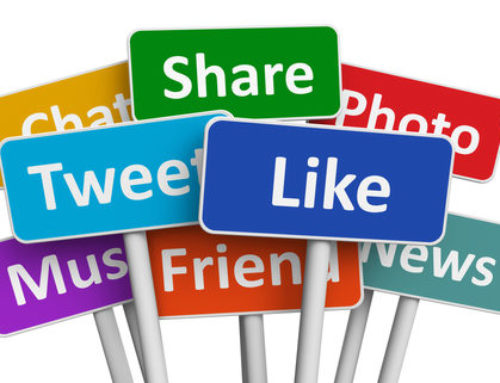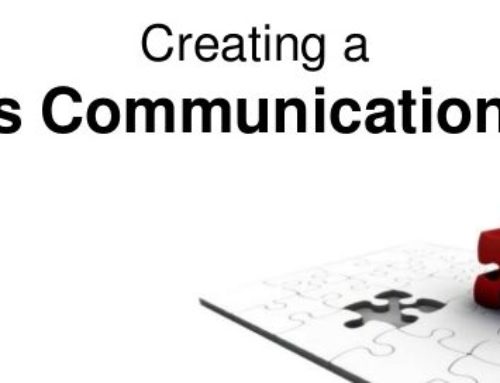You’ve heard it a million times; keeping current customers is easier than acquiring new ones. That’s why crafting a well-designed loyalty program that makes sense for your customers should also add more “cents” to your bottom line.
Loyalty programs are important for several reasons. Two of the most important are:
It makes customers feel valued and important
When that happens, customers are likely to visit and purchase more often and at a higher dollar level when compared to an occasional or new customer. They also become a bigger fan and cheerleader for your business and we all know, “word of mouth” or “organic” advertising is the most effective and least costly when compared to other methods.
You acquire valuable demographic information
Think about it. Most of us know our good friends first and last name, email address, phone number, and birth date. By building a loyalty program, you’re asking customers to be a good friend. They give you information and you reward them for their loyalty. As with any good friendship, protect and value the information they provide. If not, they won’t be a friend for long.
Loyalty programs can be crafted for almost any business and we see them most often in hospitality and retail. So let’s take a look at some of the more popular and well-known loyalty programs and the methods they employ. I’ll throw in some personal experiences about programs I’ve enrolled in and how they impact my purchasing decisions.

Customers want simple and convenient loyalty programs
Simple programs are the best programs
Years ago I recall my local Subway Sandwich shop offering me a coupon the size of a business card. Each time I purchased a sandwich, they punched a hole in my card and after ten visits, and I received a free foot-long sandwich of my choice. Since I ate there two to three times a week I figured it would take only a month or so to attain my reward. The only problem was, I had to keep up with the card.
Keeping it in my wallet was an option, but the truth is, I often misplaced the card or ended up with several cards, each with a few hole-punches that equaled the ten required to redeem my reward. I only recall getting one free sandwich and I determined the hassle of keeping up with the card wasn’t worth the free sandwich. And even if I stopped in more frequently, the business owner had no way to know my name, how often I came in or what my favorite sandwich and sides were.
Today’s loyalty programs are significantly better. Starbuck’s, Chili’s, TGI Friday’s, Marriott, Hilton, Panera Bread and Macy’s are only a few that have introduced programs tailored to individual buying habits and preferences. And the customer data they collect is extremely valuable.
I recently looked at some of the better loyalty programs and here are some key factors to consider when designing one for your business:
- Assuming you have a POS (Point of Sale or Service) system (and you should), ask your representative what tools they offer to track customer buying habits. For example, Oracle offers several options for restaurant loyalty programs and POS vendors are more than willing to help you customize programs. You’ll need the reporting capabilities to effectively track consumer habits.
- Determine how you will reward customers – Starbucks rewards me for each visit while other restaurants give me points for each dollar spent. Personally, I favor the points per dollar approach since it encourages customers to spend more to achieve certain rewards.
- Reward customers for enrolling – Customers want rewards such as free stuff or preferential treatment. You want information and the only way to start the process is by motivating the customer to give it to you. If you’re a restaurant, offer them a free item such as a drink, sandwich or dessert. If you are a clothing store, offer a percentage discount on a current or future purchase. If you sell truck parts, offer them a free cap, t-shirt or item they would use often. Just give something of value in turn for information.
- Achieving rewards should be fun and simple – Customers, especially Millennial or younger ones, quickly lose interest if achieving rewards is a hassle or over complicated. When customers spend $50, reward them with a free sandwich or meal. When they reach $80 they receive something of a slightly higher value and when they reach $200, they qualify for a nice treat. The options are endless so you get the point.
- Collect limited, but vital information – Thank goodness I no longer have to keep up with a hole-punched card or for that matter, any card. What is the one thing most everyone has today? A personal phone number. Other necessary information you’ll want is a first and last name, a valid email address, age, birthday and month. If you mail offers, catalogs or marketing material you will need a valid address, but today digital communication is preferred which is why phone numbers and email addresses are a “must-have.” Remember, consumers are protective of their data so only ask for what you need.
- Communicate often with your best customers – After all, they have given you permission to begin a relationship so take advantage of it. Start by welcoming them to the “club.” Thank them for being a valued customer and encourage them to come often and spend more. Tell them about specials. Let them be the first to review new menu items or invite them as a special guest when a new location opens. Loyal customers expect special treatment. Give it to them.
- Grow your list but keep it clean – Did a customer sign up but never return? Find how why. Have they moved? Was there an issue with your service or product? If a loyalty club member has not returned in a year or so, find out why and if necessary, delete them so your list is clean and up to date.
- Analyze the data – This is vital. It’s the primary reason for introducing the program and unless you take advantage of the frequency and spending habits of your best customers, you won’t be able to increase your revenue.
If you are interested in exploring how loyalty programs can help your business, let’s still down and talk.






